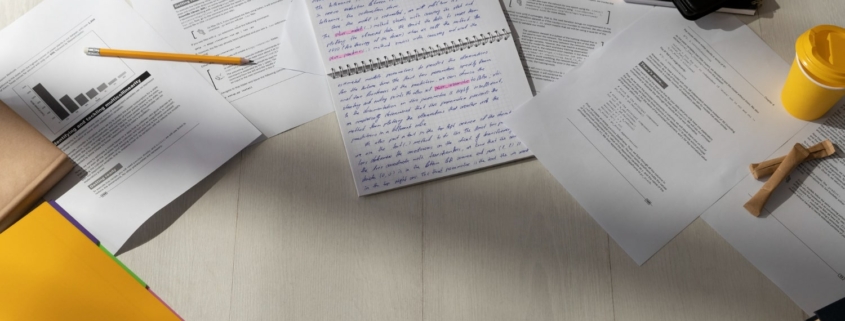Document Translation: Tips and Best Practices!
As businesses expand globally, individuals seek access to information from around the world. Amidst this landscape, document translation plays a fundamental role in ensuring that information is accessible and comprehensible to a diverse audience. Yet, the process of document translation services can be complex, filled with nuances and potential drawbacks.
In this comprehensive guide, we aim to demystify document translation by offering valuable tips and best practices to ensure that your translated documents are not only accurate but also culturally relevant and impactful.
Accurate Document Translation
Let’s start by exploring the recommendations and optimal approaches that can be employed to perfectly translate documents:
1. Define Your Translation Goals and Audience
As a document translator, before starting the translation process, clearly define your goals and identify your target audience. Understanding the purpose of the translation and the expectations of your audience will guide the entire process. Ask yourself:
- What is the primary goal of the translation?
- Who is the intended audience, and what are their language preferences?
- Are there cultural sensitivities or specific terminology that need to be considered?
Work with Professional Translators
The foundation of accurate document translation is the expertise of the translators. Put in mind the following criteria when choosing a translation service:
- Native Speakers: Choose translators who are native speakers of the target language, possessing an innate understanding of language nuances.
- Subject-Matter Experts: For technical or industry-specific documents, choose translators with expertise in the relevant field who are familiar with terminologies.
- Certifications: Check if the translators hold certifications from recognised translation associations, such as the Chartered Institute of Linguists (CIOL).
Maintain Consistency
Consistency in terminology and style is crucial for document translation. Establish a glossary of terms and preferred writing style, and ensure that these guidelines are adhered to throughout the document.
Contextual Understanding
Providing background information, previous versions of the document, and any relevant reference materials can significantly enhance accuracy.
Review and Editing
Translators should review their own work, followed by an independent review by another qualified translator or editor. This process helps catch errors and ensures quality.
Use Technology Wisely
Translation technology, such as computer-assisted translation (CAT) tools, can aid translators in their work. However, it should be used as a complement to human expertise, not a replacement.
Cultural Sensitivity
Consider cultural sensitivities when translating documents. Certain phrases, symbols, or images may have different connotations in different cultures.
Proofreading
After the initial translation and editing stages, conduct thorough proofreading of the final document. This should involve checking for grammatical errors, spelling mistakes, formatting issues, and overall readability.
Formatting and Layout
Ensure that the formatting and layout of the translated document mirror the original as closely as possible. This includes fonts, spacing, headings, and any graphics or tables.
Legal and Regulatory Compliance
For legal and regulatory documents, it’s crucial to ensure that the translation complies with the laws and regulations of the target jurisdiction. Consult with legal translation experts when necessary.
Document Version Control
Maintain a clear version control system for translated documents. This helps avoid confusion and ensures that the most recent version is used.
Document Localisation
Localisation Services involve adapting the content not only linguistically but also culturally, considering aspects like date formats, currencies, units of measurement, and cultural references.
Confidentiality and Data Security
When dealing with sensitive or confidential information, work with translation providers who prioritise data security and confidentiality. Ensure that secure channels are used for document transfer.
Budget and Time Considerations
Set realistic budgets and timelines for document translation. Rushed translations may compromise quality, so plan ahead to allow for thorough translation and review processes.
Client Feedback
Solicit feedback from clients or end-users of the translated documents. Their insights can help identify areas for improvement in future translations.
By adhering to these valuable tips and best practices, you can guarantee the accuracy, cultural resonance, and effectiveness of your translated documents. It’s essential to bear in mind that investing in high-quality translation not only enhances communication but also ensures legal compliance and enables precise and clear communication with a global audience, ultimately yielding significant dividends.
Why TW Languages?
What sets TW Languages apart is our commitment to preserving the original document’s context, tone, and intent, making sure that the translated version conveys the message faithfully. Our team of experienced linguists possesses a deep understanding of the complexities of document translation, ensuring that every word and phrase is accurately rendered. In addition, our rigorous quality control processes guarantee error-free translations, backed up by a proven track record of delivering on time, even with tight deadlines.



